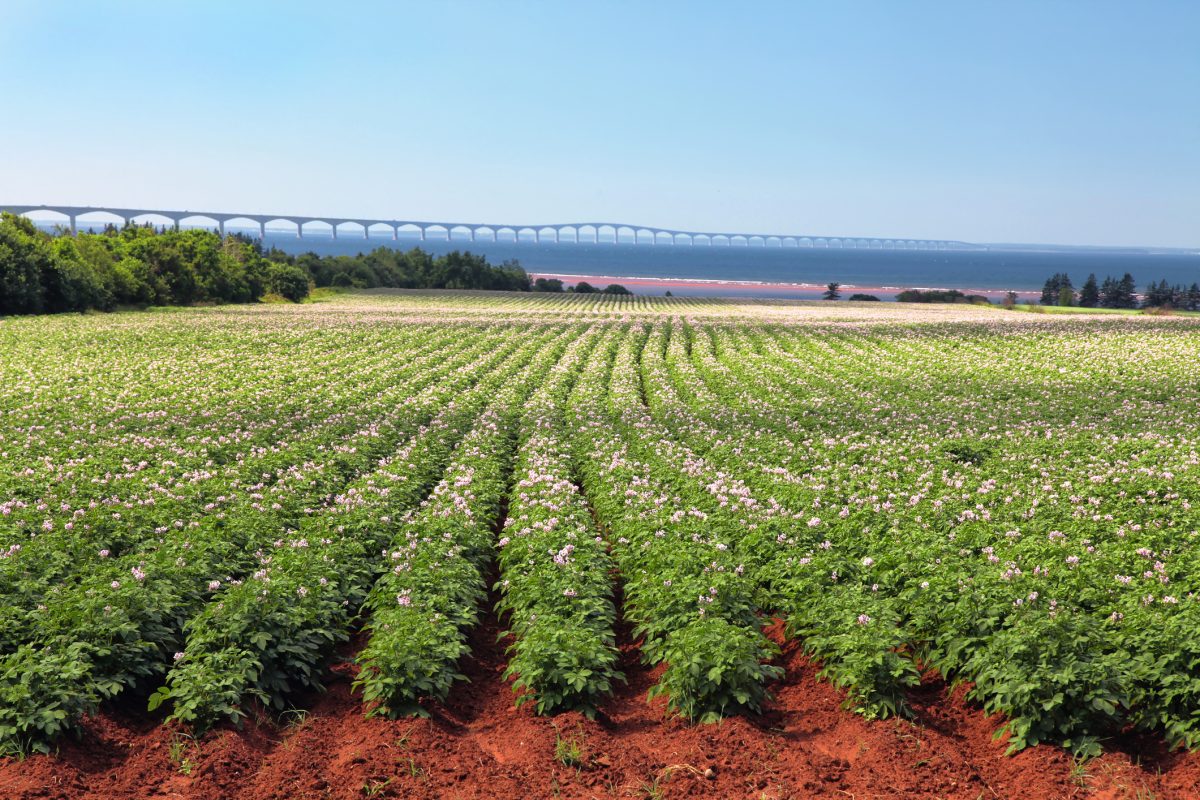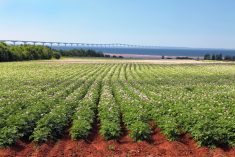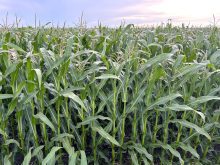(Resource News International) — Mustard prices in Western Canada have held steady for the past month despite the increasing concerns about wet weather in Saskatchewan.
With many acres likely to be left unseeded and others facing excessive moisture, bids should have some room to the upside, especially given the rally in canola over the past week.
Gordon Crone of Mustard Capital Inc. at Gravelbourg, Sask. said conditions for the crop in his area were relatively good, although some fields likely had low spots that were under water.
Read Also

CFIA looks for feedback on proposed seed potato rule changes
The Canadian Food Inspection Agency is looking for public and industry input on proposed amendments to regulations around seed potatoes.
Crone expected excessive moisture would cut into the seeded acres across the rest of the province, but added it was still too early to put a firm number on the size of any acreage reductions.
The wetness could also lead to disease issues for mustard in the ground, while also leaving the crops susceptible to dryness over the summer as their roots are likely not as deep as normal.
While the adverse weather will likely cut into mustard production, Canada is expected to have a large carryout at the end of the current crop year, reducing the supply concerns.
Yellow mustard bids for both old- and new-crop are currently in the 22 cents per pound area, with oriental mustard priced around 21 cents per pound, according to Crone.
Brown mustard is generally in the 16 cents per pound area, although he had heard of prices hitting as high as 19 cents in some cases. Those prices are relatively steady with where the market was a month ago, but Crone said companies were starting to show more demand as they are scared the market will move higher.
While end-users would like to lock some new crop mustard in at the current prices, Crone said producers were reluctant to sell, as they can see production will likely be down on the year.
Mustard also often sees a correlation with the canola market, as the two crops are somewhat similar. While canola has rallied sharply over the past week, that rally has not yet transferred into mustard prices. Crone said some spillover strength was likely, unless producers manage to get enough mustard acres in the ground.
The market will have a better handle on the mustard crop in July, Crone said, and noted there is still a long growing season ahead. He said that last year at this time it was too dry, things turned around over the summer “and we took off the largest mustard crop in history.”















